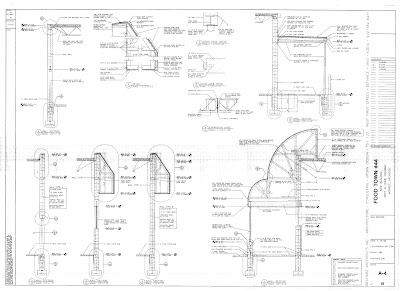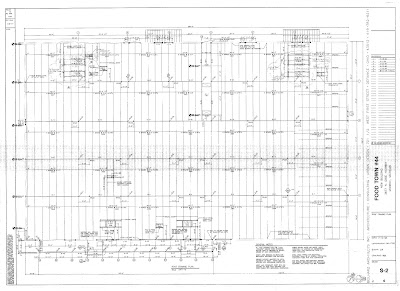Masakatsu Agatsu “True victory is self victory”, Morihei Ueshiba “O-Sensei” Founder of Aikido
Program – Aikido dojo set within the large frame work of an open “big box” shell. The adaptive reuse of "big box" architecture, in a form that captures and utilizes natural daylight, artificial light, and inspires the human spirit. The spirituality of Aikido and its teachings embodied within an architectural form.
Aikido is a powerful and dynamic martial art used internationally by ordinary citizens, military, law enforcement groups, medical personel, and security organizations as an excellent means of exercise and self defense. Practioners worldwide enjoy this martial art not only for its defensive skills, but as a “Way” of internal training and development.
Aikido is a traditional Japanese Martial Art that stresses harmony of the mind and body. It is designed to control rather than destroy the opponent. It stresses the avoidance of inflicting injury and the peaceful resolution of conflict whenever possible. Aikido technique, though extremely flexible and effective, requires little physical strength to perform. It incorporates joint locking and nerve control techniques together with dynamic throwing techniques to control and subdue an opponent. The Aikidoka does not punch or kick to injure an opponent. Aikido does not block or resist attacks. It redirects and transforms the attacker’s energy through the use of movement and Ki (coordinated energy).
The dojo is named “Shinsuikan Dojo” which means school of the mind like water. This name represents the schools credo to develop a fluid, flowing mind through the practice of Aikido, the art of spiritual harmony. The symbol used to represent the dojo’s five principles of Aikido is that of the Japanese flower with five petals each representing a principle. The three lobes on each petal represents the Mind, Body, and Spirit. The outer circle represents the circular movements of the art of Aikido. The center represents the Aikidoka’s unification of these five principles.
Ai – Harmony (The principle of harmony and integration)
Ki – Spirit (Centralized, coordinated energy considered the energy of life itself)
Do – Way (The method, or “way”, a discipline and philosophy with both moral and spiritual connotations)
Shinsuikan Dojo – the name of the dojo Shin sui kan translates: A Place of Mind Like Water. It is inspired by the essay, “Mind Like Water”, written by Takayuki Mikami. His essay describes a philosophy that one should strive to achieve not only mentally, but physically and spiritually as well through dedicated training.
Shin – Mind or Spirit
Sui – Water
Kan – Place
- Aikido Student Handbook, Shinsuikan Dojo, USA Martial Arts Training Center
 over drawing - large training over grid box
over drawing - large training over grid box









